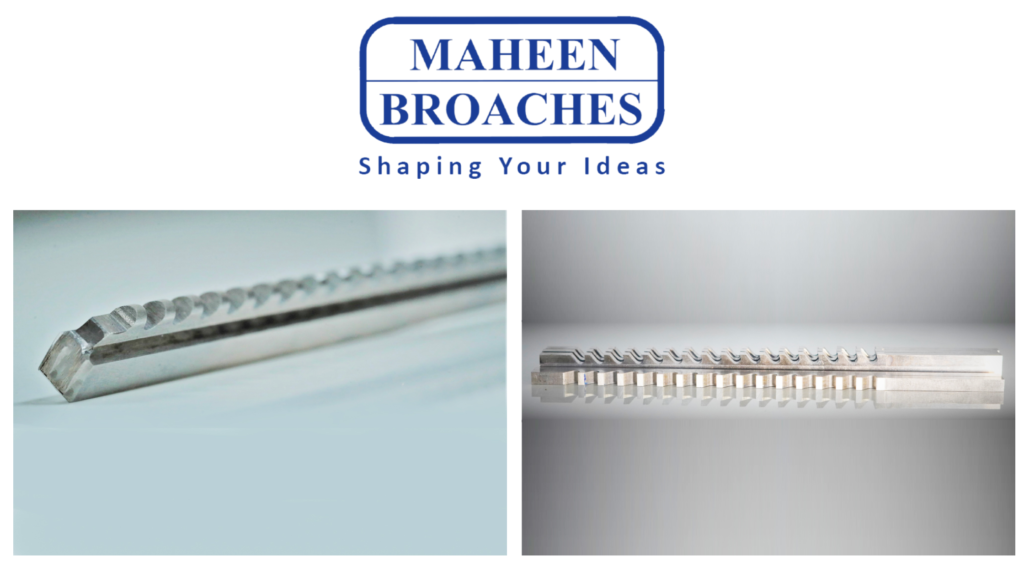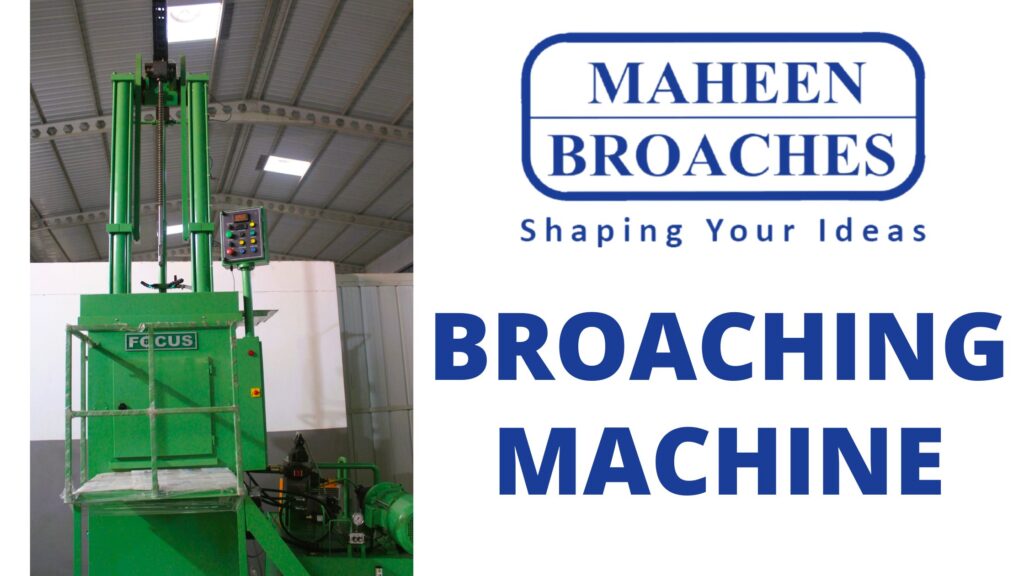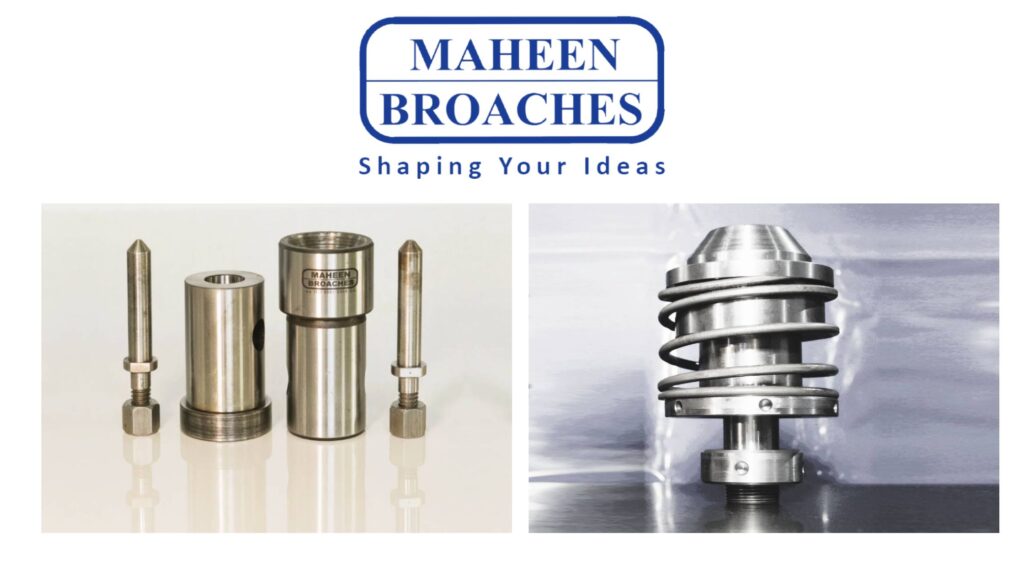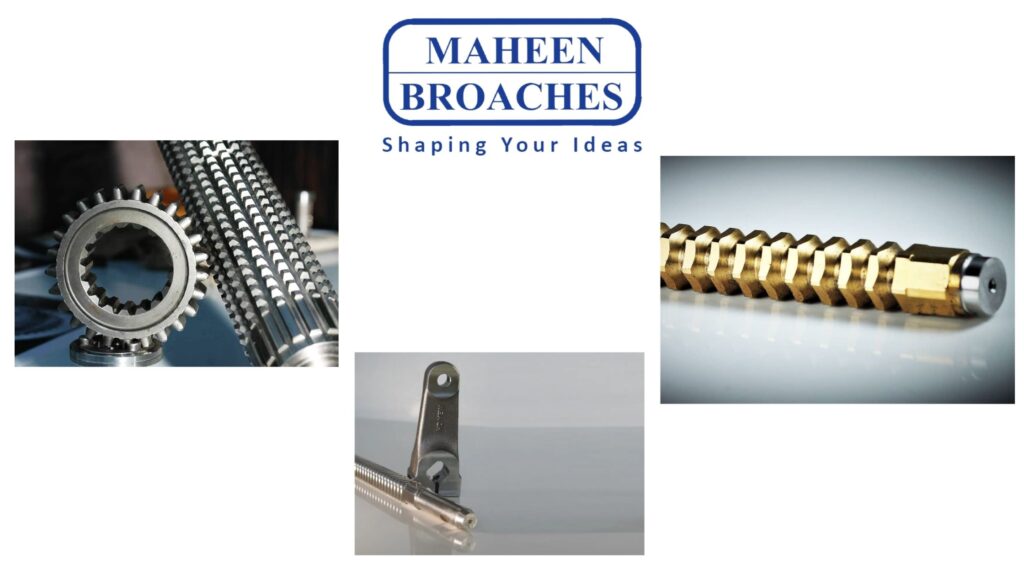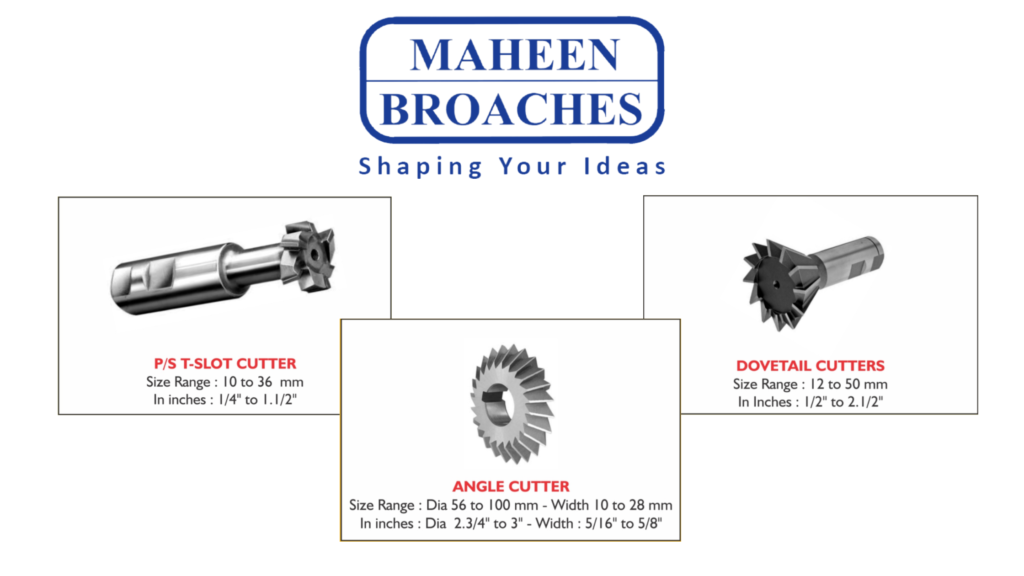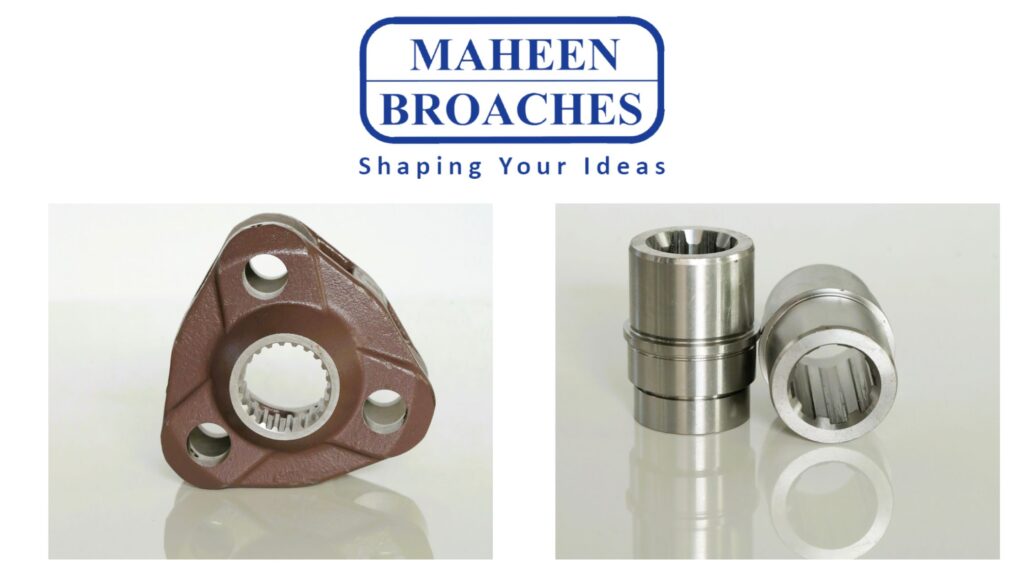Introduction:
Involute splines play a critical role in mechanical power transmission, ensuring the efficient transfer of torque between components. To create precise involute splines, the right broaching tool is essential. In this article, we will explore the various types of involute spline broaches available, helping you choose the right tool for your specific application needs.
1. Internal vs. External Broaches
Internal Broaches: These are designed for cutting splines on the inside of a component, such as within a bore or hole.
External Broaches: These are used for cutting splines on the external surface of a component, such as on a shaft.
2. Push Broaches vs. Pull Broaches
Push Broaches: These are pushed through the workpiece from one end to the other, typically suited for cutting through-holes or blind holes.
Pull Broaches: These are pulled through the workpiece from one end to the other, often used for external splines or when a through-hole is not available.
3. Keyway Broaches
Keyway broaches are specialized tools designed for cutting keyways, which are often used in shaft-key connections. They come in various sizes to accommodate different keyway dimensions.
4. Full Form vs. Incremental Broaches
Full Form Broaches: These broaches cut the entire spline profile in a single pass, offering high precision and efficiency for high-production runs.
Incremental Broaches: These broaches cut the spline profile in multiple passes, making them more suitable for small batches or prototyping.
5. Push-Type vs. Pull-Type Spline Broaches
Push-Type Spline Broaches: These are pushed through the workpiece and are commonly used for internal spline cutting.
Pull-Type Spline Broaches: These are pulled through the workpiece and are typically used for external spline cutting.
6. Standard vs. Custom-Made Broaches
Standard Broaches: Off-the-shelf broaches are available in standard sizes and configurations, making them suitable for common applications.
Custom-Made Broaches: For unique or specialized applications, custom-made broaches can be designed to meet specific requirements, including non-standard spline profiles.
7. Carbide vs. High-Speed Steel (HSS) Broaches
Carbide Broaches: Carbide is known for its hardness and wear resistance, making carbide broaches suitable for cutting hardened materials or extended use.
HSS Broaches: High-speed steel broaches are more cost-effective and are often used for cutting softer materials or when the broach won’t be subjected to extreme wear.
8. Surface Finish and Coating Options
Consider the desired surface finish of your splines. Some broaches offer coatings or treatments to improve surface quality and reduce friction during the cutting process.
9. Consideration of Tolerance and Accuracy
Different broaches may have varying tolerances and accuracy levels. Choose a broach that aligns with the precision requirements of your project.
10. Broach Maintenance and Resharpening
Evaluate the ease of maintenance and resharpening options for the broach type you select, as this can impact its lifespan and cost-effectiveness.
Conclusion:
Selecting the right type of involute spline broach is crucial for achieving the desired precision and efficiency in your machining processes. Carefully consider your specific application requirements, production volume, materials, and budget when choosing the most suitable broach type. Whether you opt for standard or custom-made broaches, the right tool will help you create high-quality involute splines for your mechanical components.



